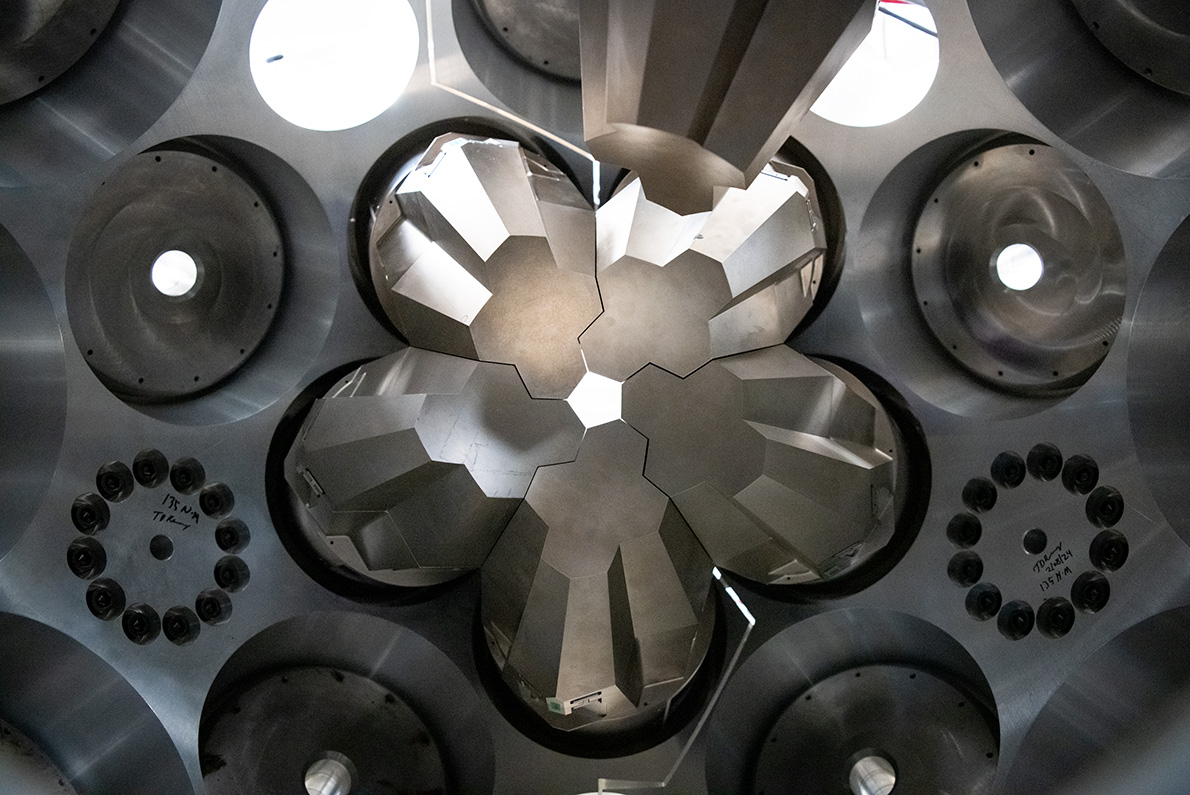For example, researchers can probe the structure of rare and short-lived isotopes, atoms with different numbers of neutrons compared to the more common versions of the elements. FRIB will be able to create and study more than 1,000 new isotopes. Scientists can also test the limits of how many protons and neutrons a nucleus can hold, exploring “the drip lines,” the point beyond which neutrons or protons can no longer bind within the nucleus and instead “drip” away.
Other experiments will study pear-shaped nuclei, a way to search for subtle violations of fundamental symmetries in nature and explore why our universe is made mostly of matter (instead of antimatter). Researchers will also use GRETA to shed light on the processes within stars that forge elements heavier than iron.
“Gamma-ray spectroscopy is among our most powerful tools to learn about the fundamental nature of the atomic nucleus,” said Heather Crawford, a scientist at Berkeley Lab and deputy project director for GRETA. “The excited states and gamma rays are a fingerprint for each isotope. GRETA is the world’s most powerful microscope to examine these fingerprints and answer questions about the nucleus and the forces that govern it.”
A Sphere of Germanium Crystals
GRETA is an expansion of an earlier project, GRETINA, that used 12 germanium detector modules to capture gamma rays. GRETA will bring the total to 30 modules, completing a full sphere around the target and vastly increasing the instrument’s tracking capabilities. By catching more gamma rays, researchers will get a more accurate picture of what’s happening in the nucleus – and more quickly.
Each detector module is made of four tapered hexagonal crystals of ultra-pure germanium roughly the size of a 10-ounce coffee cup. The germanium crystals are such specialized and difficult pieces to make, only about four detector modules can be produced every year. Once tightly packed together and cooled to cryogenic temperatures (around negative 300 degrees Fahrenheit), the crystals are exceptionally good at measuring the energy and position of gamma rays, enabling researchers to reconstruct their interactions in the crystal.
